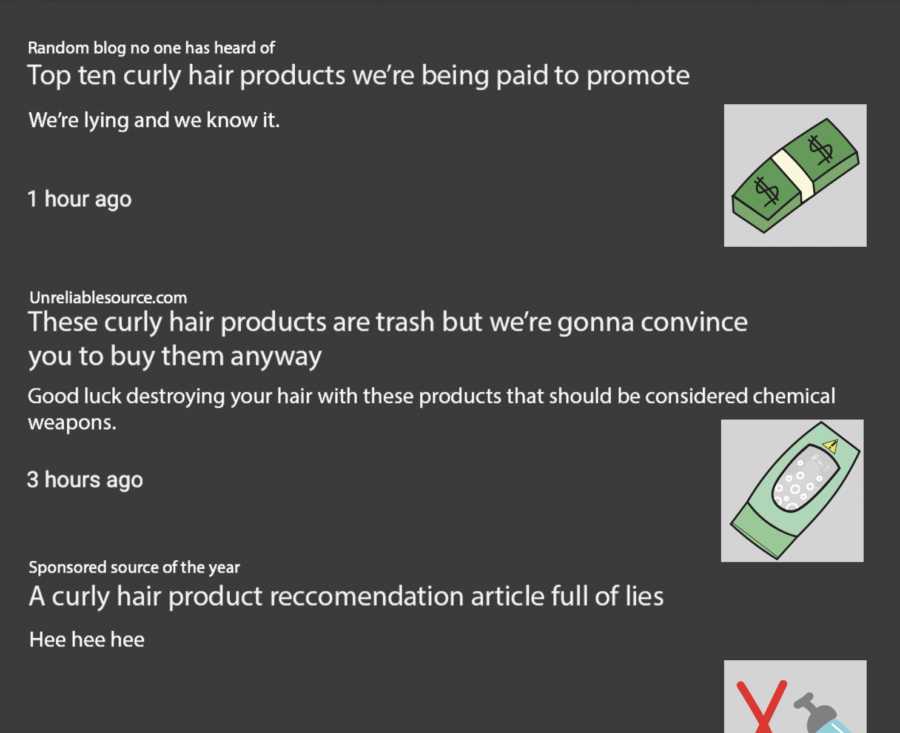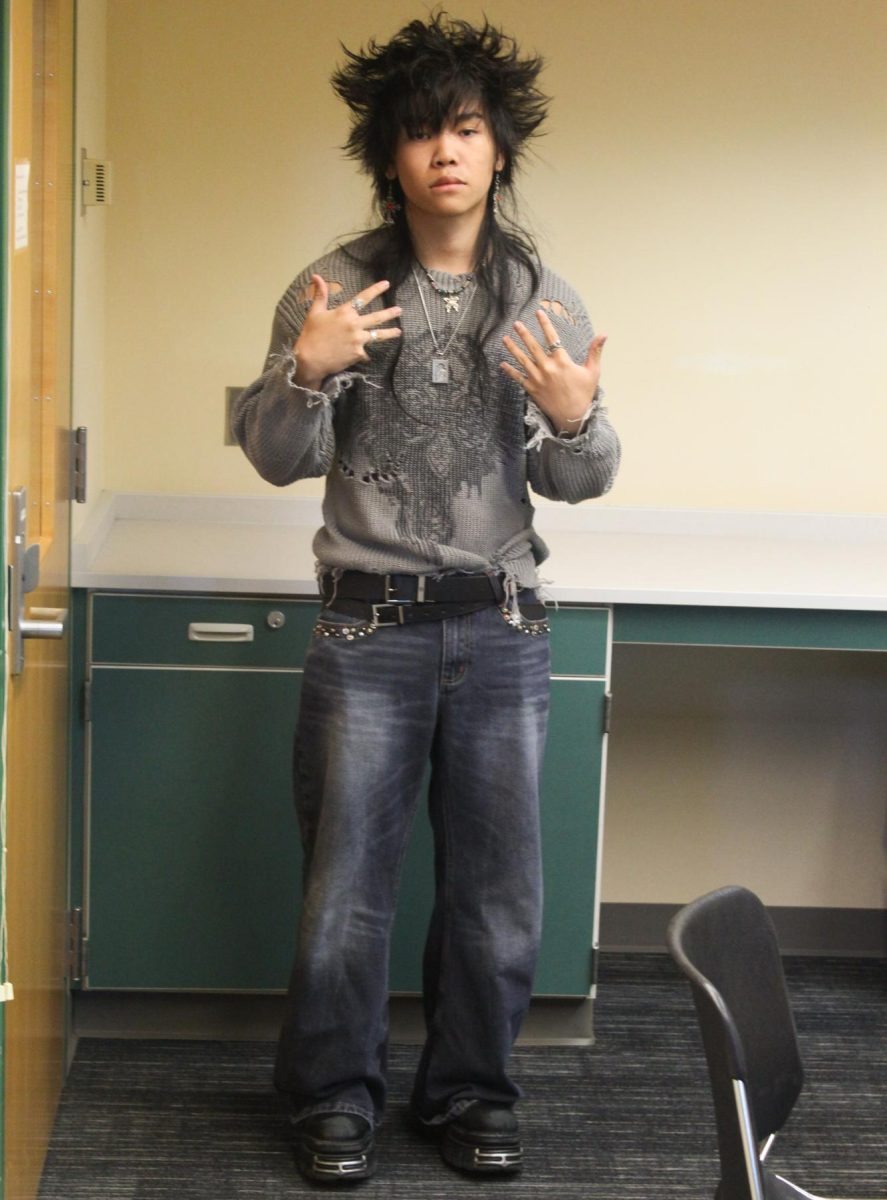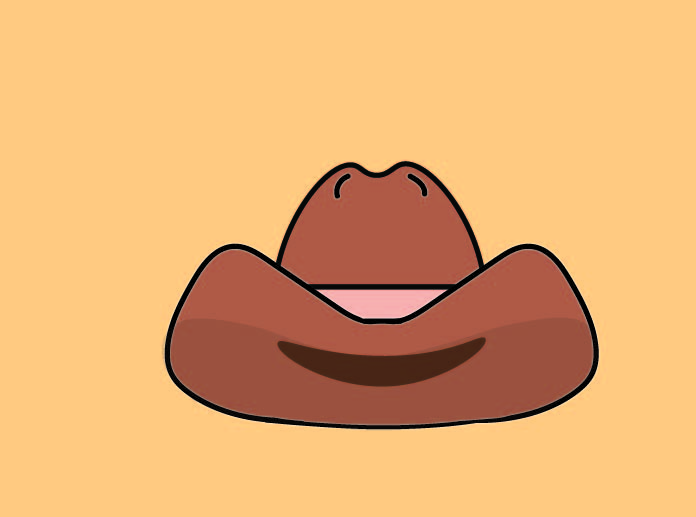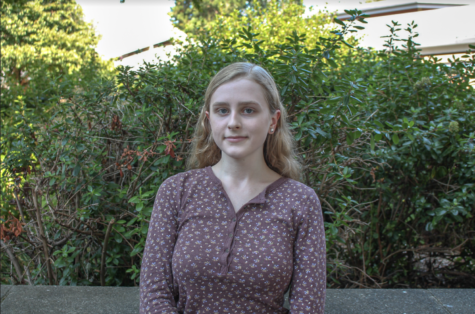Know your curl type
There are nine different categories of curls: 2A, 2B, 2C, 3A, 3B, 3C, 4A, 4B and 4C, ranging from just wavy to very curly. Your curl type may vary; curly hair can change texture based on how recently you’ve washed it, what products you use on it, how old you are and other factors. To get the best idea of your curl type, wash your hair with shampoo, don’t use any conditioner or other products, let it air dry and compare it to a curl chart.
Knowing your curl type is a must because certain products and curl care tips are meant for different curl types. Many curl products (shampoos, conditioners, gels, etc.) have started specifying which curl type(s) they’re meant for on their packaging. If you can’t find this information on the packaging, try finding it online. If that’s a dead end, just don’t buy the product. It’s usually better to play it safe than risk wasting your money.
Choose wisely
A billion products out there claim to be the key to gorgeous curls. However, you should be careful and do your research. Some work, but others might be better suited for a different curl type than yours.
Instead, ask your parents or older curly-haired relatives what works for them. They’ve had plenty of experience trying to tame their hair and can probably lend you a tip or two. If you don’t have curly-haired relatives to ask for advice, you can do your research or ask a curly-haired friend.
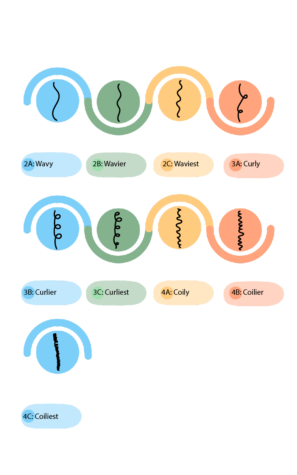
Just make sure you’re getting your information from a reliable source, like the American Academy of Dermatology or any source written or backed by medical professionals.
Be cautious of those “Top 10 best shampoos for curly hair” articles because they’re often sponsored. You should take what curly-haired beauty influencers say with a grain of salt for the same reason.
The process
The finer details of this whole operation vary depending on your curl type, but most curly hair routines involve the following elements.
-
Wash.
Curly-haired people need to wash their hair less than the average straight-haired person. This is because their hair is usually thicker and naturally retains less water, so it takes longer to appear greasy and washing it too frequently can deprive it of its natural oils. You’re not unhygienic for washing your curly hair less than your straight-haired friends. It just takes longer for your hair to get dirty. The higher your curl type is up on the curl chart, the less frequently you should wash it. Some curly-haired people wash their hair more often but don’t use shampoo every time because shampooing too often can take the natural oils out of your hair. When you wash your hair, use a shampoo meant for curly hair.
-
Condition.
Use a conditioner with natural ingredients. Avoid conditioners if their ingredient list is long or contains harsh chemicals such as sulfates or parabens.
Make sure you properly massage your conditioner into your scalp. Let the conditioner sit in your hair for a while; most conditioners recommend you wait around five minutes before washing them out but try experimenting a little with that number until you find what works best for you.
-
Style.
Don’t use a fine-toothed comb. It can break apart your curls and make them frizzy. Use a wide-bristled brush or a wide-toothed comb instead. Some people just use their fingers. This can help keep your curls intact instead of breaking them apart the way brushes can.
Regarding products to put on your curly hair, most people use a mousse, leave-in conditioner or gel. But, again, experiment to see what works best for your hair.
-
Dry.
Using a towel is an option, but we recommend being more gentle and letting it air dry, drying it with a cotton T-shirt or using a microfiber towel afterward. If you insist on using a hair dryer, put a diffuser on the blow dryer and use a cooler setting.
-
Don’t be too hard on yourself.
Whatever products or methods you use on your hair probably won’t work out the first time. Don’t beat yourself up about it. People will still love your curls regardless, so keep your chin up and try something different next time.



